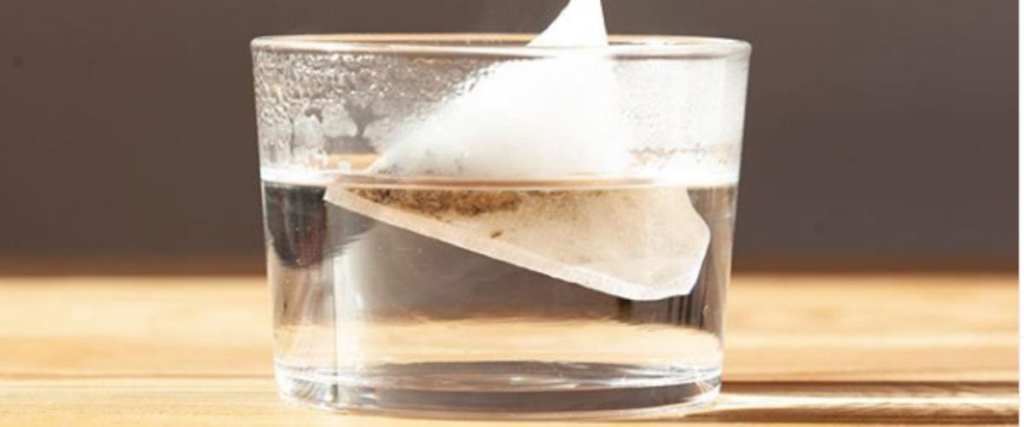Let’s just say this up front: there is no science, as of today, that proves (or disproves) that microplastics are harmful to human beings.
As of today is a pretty big qualifier here, though, and most people believe that inhaling, touching, and/or ingesting tiny plastics all day every day can’t be the best thing in the world.
So your tea? It might be trouble, my friends.
https://www.instagram.com/p/B3EwoXrHqU2/
Recently, many tea manufacturers have begun replacing paper teabags with plastic (silken) ones that are both terrible for the environment and, it turns out, capable of releasing loads of microplastics.
Microplastic particles are around 100 nanometers to 5 millimeters in size, and when they get into your teach, you eat them.
The report was published in Environmental Science & Technology by researchers from McGill University in Montreal, and their findings came from examining 4 different types plastic teabags. They heated the bags in water around 200 degrees F (after emptying the bags of tea) and then used electron microscopes to analyze the contents of the water.
https://www.instagram.com/p/B22SEoWANTX/
An average of 11.6 billon microplastics and 3.1 billion nanoplastics were in the water.
The bags are made of a blend of nylon and polyethylene, a form of plastic that’s also found in water bottles.
Like I said up front, the potential effects on human health aren’t known, and the WHO has said that microplastics in drinking water probably won’t harm our bodies…at least not “based on the limited information we have.”
“To date, the health effects of consuming micro- and nanoplastics to humans are still unknown, while the sublethal effects observed in the present study and in other animals (e.g. algae, zooplankton, fish, mice) give an early warning of both environmental risk and possible human health risk,” say the researchers.
https://www.instagram.com/p/BpPniNWFVcp/
That said, scientists around the world have concerns.
“One of the main potential human exposure pathways of micro- and nanoplastics is likely via ingestion, and particle uptake may occur in the digestive tract. Once inside the digestive tract, cellular uptake and subcellular translocation or localization of the ingested particles may occur.”
If you want to try avoiding microplastics just in case, well, good luck. They’re everywhere, from rainwater to snow, in your food, your water, the soil, and so on.
A 2019 study found that the average American consumes over 74,000 of the particles every year.
Which I guess wasn’t accounting for any cups of tea consumed.
I guess we’ll find out eventually whether they’re harmful or not. Hopefully not in the worst way possible.






